
Flintshire Yeomanry Cavalry
1831
It's formation was first arranged, at a
meeting of some gentlemen from the county, at Hawarden Castle,
on the 30th December, 1830, at which the Commandant consented to
assume command. A communication was soon afterwards made to the
Government, through the Lord Lieutenant, and its establishment
recived the royal sanction, on the 27th January, 1831.
The
Regimental Sergeant-Major of the 2nd (Queen's Bays) Dragoon
Guards, William Ramsden, was engaed on the 1st of March. The
Yeomanry was made up of four Troops, Border Troop, Hawarden
Troop, Mold Troop and Holywell Troop. The Yeomanry was disbanded
on the 31st of March 1838. |
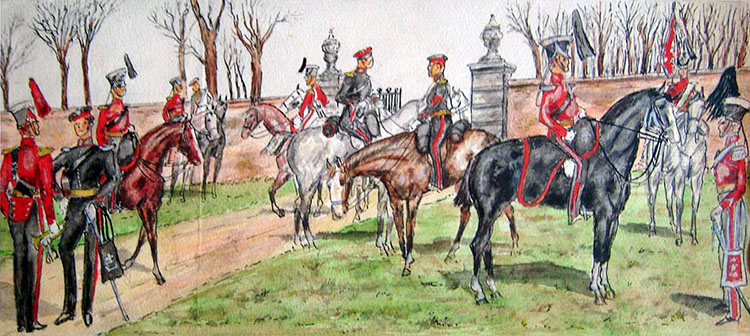 |
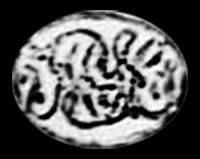
The Royal Maylor Yeomanry Cavalry
1803
Research by the late Robert Smith
The Royal Maylor Yeomanry was formed in 1803 by Sir Richard
Puleston in the 100 of Maylor which is a detached portion of the
country of Flint in the year 1803. The Royal Maylor were
disbanded in 1828 but then reformed in 1830 and finally
disbanded in 1837.
The Royal Maylor Yeomanry were part of
what was known as the Maylor Legion, which consisted of four
Troops of Cavalry and several Rifle companies. The uniform
buttons are R.M.C and not R.M.Y. That is because the Royal
Maylor Yeomanry were the cavalry contingent of the Legion. |
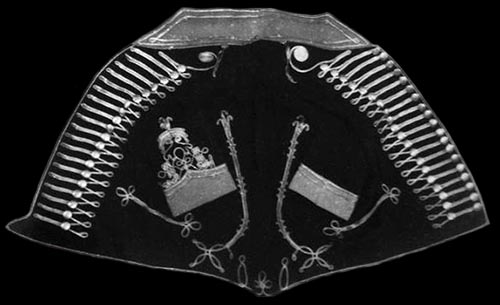 |
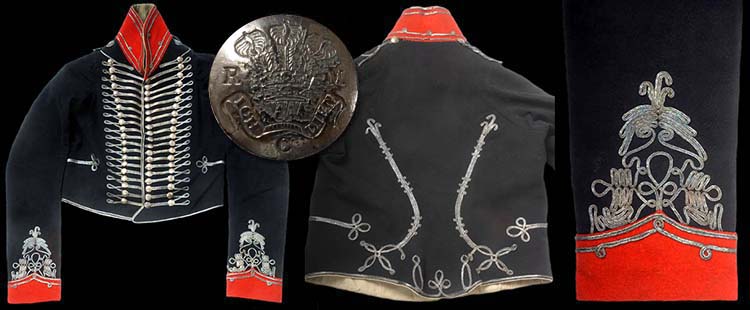
Dress Jacket |
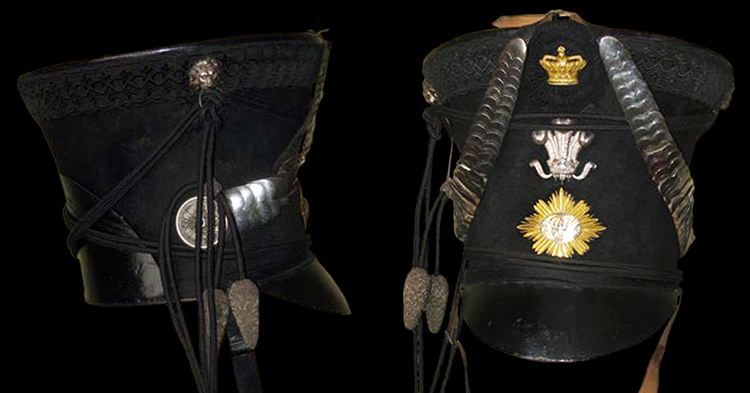
Officer's Bell Top Shako circa 1830 |
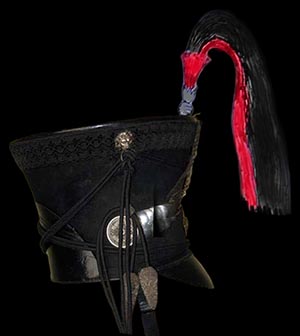
Representation of the horse hair black
over red fall over from a red plume. |
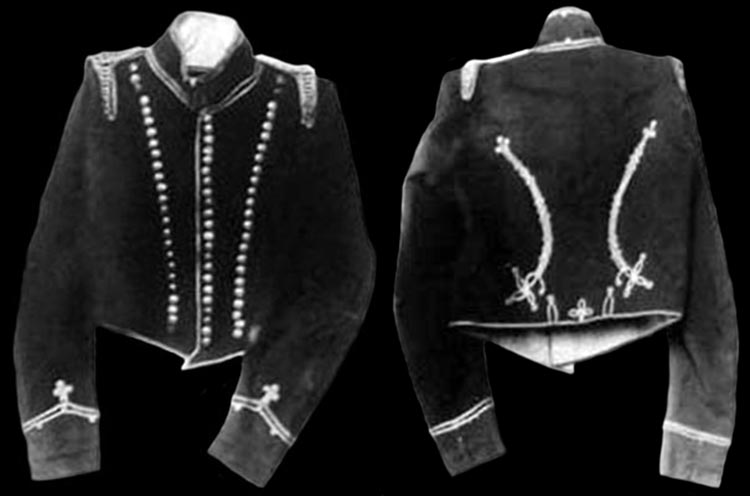
No.1 Jacket |
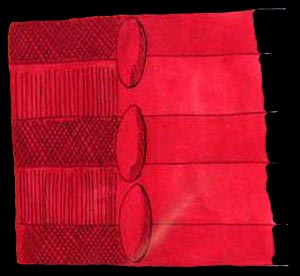
Girdle, 1812-30. |
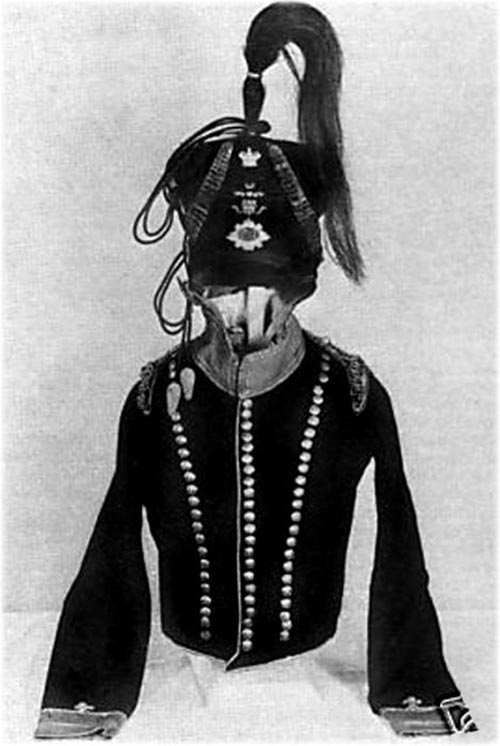 |
|
|

